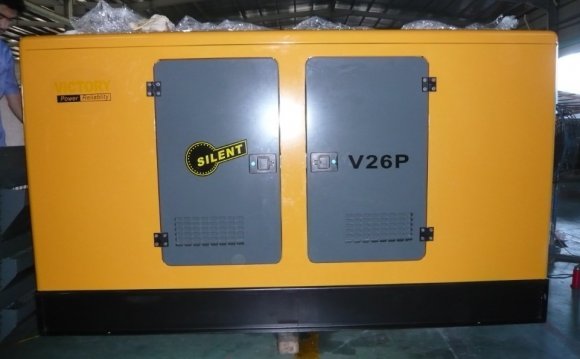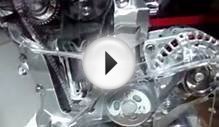
2-stroke and 4-stroke engines operate under different conditions, requiring different lubrication methods.

Internal combustion engines are used to produce mechanical power from the chemical energy contained in hydrocarbon fuels. The power-producing part of the engine’s operating cycle starts inside the engine’s cylinders with a compression process. Following compression, the burning of the fuel-air mixture releases the fuel’s chemical energy and produces high-temperature, high-pressure combustion products. These gases expand within each cylinder and transfer work to the piston, producing mechanical power to operate the engine.
Each upward or downward movement of the piston is called a stroke, and the two commonly used internal combustion engine cycles are the two-stroke cycle and the four-stroke cycle. The terms "two-cycle" and "two-stroke, " as well as "four-cycle" and "four-stroke, " are often interchanged.
Two-Stroke and Four-Stroke Differences
The fundamental difference between two-stroke and four-stroke engines is in their gas-exchange process, or more simply, the removal of the burned gases at the end of each expansion process and the introduction of a fresh mixture for the next cycle. A two-stroke engine has an expansion, or power stroke, in each cylinder during each revolution of the crankshaft. The exhaust and the charging processes occur simultaneously as the piston moves through its lowest or bottom center position. In a four-stroke engine, the burned gases are first displaced by the piston during an upward stroke, and a fresh charge enters the cylinder during the following downward stroke.
Four-stroke engines require two complete turns of the crankshaft to make a power stroke, compared to the single turn necessary in a two-stroke engine. Two-stroke engines operate on 360° of crankshaft rotation, whereas four-stroke engines operate on 720° of crankshaft rotation.
Applications
Two-stroke engines are generally less expensive to build compared to four-stroke engines, and they are lighter and can produce a higher power-to-weight ratio. For these reasons, two-stroke engines are ideal in applications such as chainsaws, weed trimmers, outboard motors, off-road motorcycles and racing applications. Two-stroke engines are also easier to start in cold temperatures, making them ideal for use in snowmobiles. Four-stroke engines, on the other hand, produce more torque at lower rpm, generally providing greater equipment durability than high-revving two-stroke engines, while also providing greater fuel efficiency and lower emissions. For these reasons, four-stroke engines are ideal in applications such as motorcycles, ATVs and personal watercraft.
Four-Stroke Lubrication
Four-stroke engines are lubricated by oil held in an oil sump. The oil is distributed through the engine by splash lubrication or a pressurized lubrication pump system; these systems may be used alone or together.
Splash lubrication is achieved by partly submerging the crankshaft in the oil sump. The momentum of the rotating crankshaft splashes oil to other engine components such as the cam lobes, wrist pins and cylinder walls.
Pressurized lubrication uses an oil pump to provide a pressurized film of lubricant between moving parts such as the main bearings, rod bearings and cam bearings. It also pumps oil to the engine’s valve guides and rocker arms.
RELATED VIDEO












